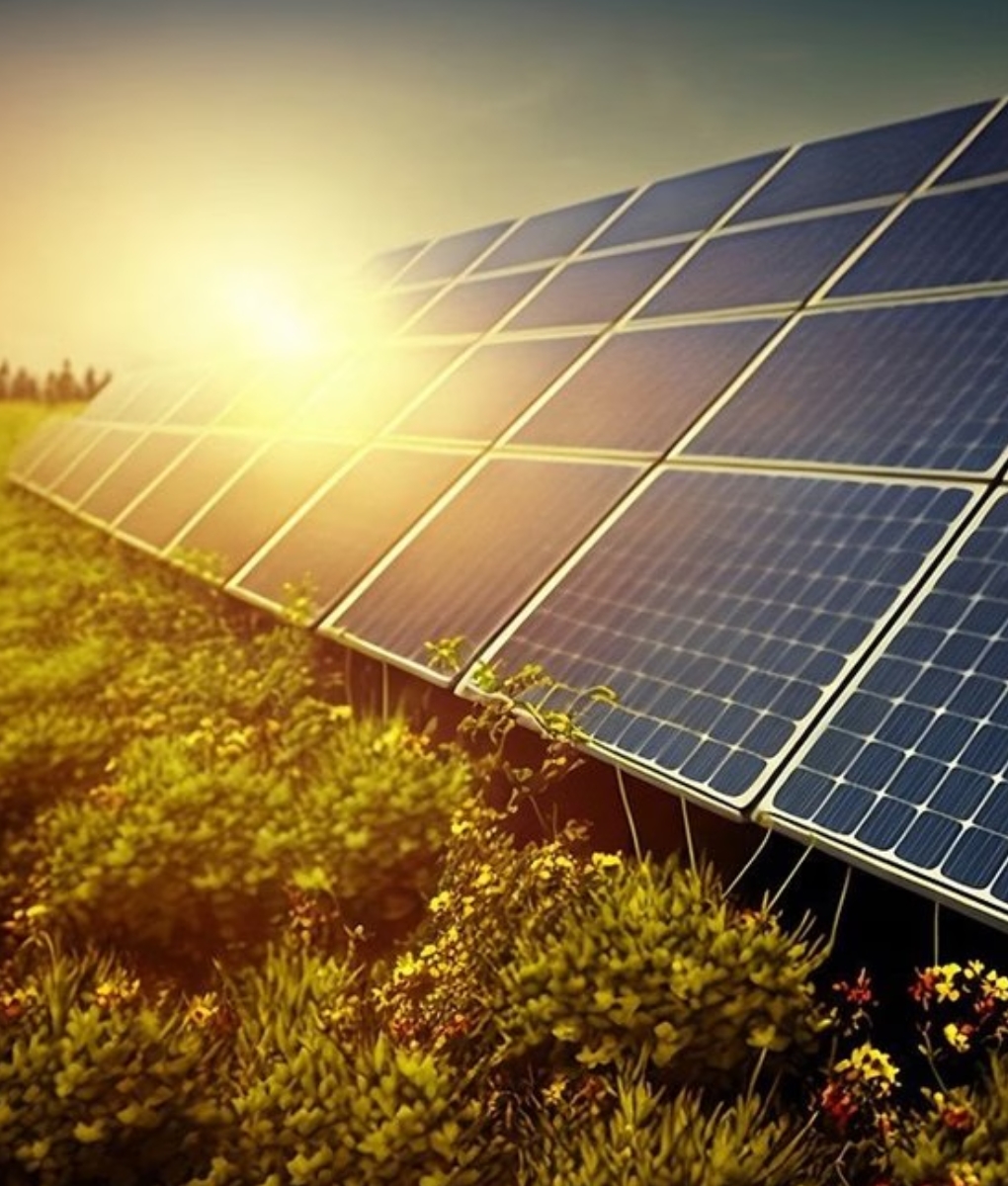In an era where climate change threatens ecosystems and economies alike, the global energy transition is no longer a choice but a necessity. The bioenergy sector stands at the forefront of this transformation, offering sustainable alternatives to fossil fuels.
According to the International Energy Agency (IEA), bioenergy accounts for nearly 55% of the world’s renewable energy consumption, making it the largest source of renewable energy globally. With advancements in biomass supply chains, processing technologies, financial models, and carbon markets, bioenergy is poised to redefine the global energy landscape.
This article serves as a curtain raiser to a six-tier series that delves deep into the various aspects of bioenergy, setting the stage for an insightful exploration of the sector.
Understanding the Bioenergy Ecosystem
Bioenergy is derived from organic materials such as agricultural residues, forestry waste, and dedicated energy crops. It is a versatile energy source that can be used in solid, liquid, or gaseous forms to generate electricity, heat, and transport fuels. Unlike intermittent renewables like solar and wind, bioenergy provides a consistent supply, making it an integral part of the renewable energy mix.
Despite its vast potential, bioenergy has remained underutilized due to fragmented supply chains, logistical inefficiencies, and policy uncertainties. However, recent advancements in biomass aggregation, processing technologies, and carbon monetization are transforming this landscape, paving the way for scalable and commercially viable solutions.
According to REN21’s 2023 Global Status Report, modern bioenergy contributes 6.6% of the world’s total final energy consumption, highlighting its potential for further expansion.
Tier 1: Upstream Segment of Biomass Supply Chains
A robust biomass supply chain is fundamental to ensuring the sustainability of bioenergy production. The upstream segment involves sourcing biomass from farmers, forestry operations, and industrial residues. Efficient logistics, digital tracking systems, and innovative aggregation models such as Village Level Entrepreneurs (VLEs) are critical to ensuring cost-effective and timely biomass availability.
With advancements in mechanized harvesting, storage solutions, and precision agriculture, biomass sourcing has become more efficient. Governments and private players are now focusing on incentivising farmers to repurpose agricultural residues into bioenergy feedstocks rather than burning them, thereby addressing both environmental concerns and rural economic development. For instance, India’s National Bio-Energy Mission supports farm waste collection networks, reducing stubble burning by 20% annually.
Tier 2: Midstream Processing of Biomass
Once collected, biomass undergoes processing to enhance its energy density and usability. Depending on its intended application, biomass can be transformed into: Densified biofuels like briquettes and pellets, which serve as direct replacements for coal. The global market for biomass pellets is projected to grow at a CAGR of 7.1% from 2023 to 2030 (Allied Market Research).
Advanced biofuels such as Compressed BioGas (CBG), Second-Generation (2G) Ethanol, Methanol, and Sustainable Aviation Fuel (SAF), offering clean alternatives for industrial and transportation sectors. According to IEA, the demand for SAF is expected to grow from 0.1 Mt in 2020 to 15 Mt by 2030.
Hydrogen production, where biomass gasification plays a crucial role in generating Green Hydrogen. Studies show that biomass gasification could provide up to 30% of the global hydrogen demand by 2050 (Hydrogen Council, 2022).
The commercialisation of these technologies is accelerating due to global commitments toward Net-Zero Emissions and the push for circular bio economies that integrate waste-to-energy models.
Tier 3: Downstream Utilization of Processed Fuels
Industries worldwide are shifting towards bio-based fuels to reduce their carbon footprints. The downstream utilization of processed biofuels spans multiple sectors: Industrial heating & steam generation: CBG and biomass briquettes are replacing traditional fuels in industries such as pharmaceuticals, food processing, and textiles.
Transportation: Bioethanol and SAF are being blended into conventional fuels to decarbonize aviation and road transport. The European Union’s Renewable Energy Directive (RED III) mandates a 14% renewable energy target for transport fuels by 2030.
Municipal energy grids: Bioenergy plays a role in district heating systems, especially in Europe, where biomass-based cogeneration plants provide both electricity and heat.
With policy mandates and carbon pricing mechanisms, industries are increasingly investing in bioenergy to meet Environmental, Social, and Governance (ESG) goals.
Tier 4: Financial and Policy Aspects
Investment in bioenergy is gaining momentum, but challenges persist in financing large-scale projects. The capital-intensive nature of biofuel plants, feedstock price volatility, and uncertain policy support have historically hindered growth.
However, the landscape is changing with:
Green finance initiatives encouraging institutional investors to fund bioenergy projects.
Viability gap funding (VGF) mechanism reducing risks for early-stage bioenergy ventures.
Blended finance models combining government subsidies, private equity, and carbon credit financing to scale projects sustainably.
Governments are also implementing regulatory frameworks to boost bioenergy adoption. The US Inflation Reduction Act (IRA) 2022 offers $500 million in biofuel infrastructure incentives, setting a global precedent.
Tier 5: Carbon Traceability and Carbon Markets
One of the most significant value propositions of bioenergy lies in its role in carbon management. Unlike fossil fuels, bioenergy operates within a closed carbon loop, where the CO2 emitted during combustion is offset by the CO2 absorbed during biomass growth.
With the rise of carbon credit markets, businesses utilising bioenergy can monetize their emissions reductions.
Key developments include:
Blockchain-enabled carbon tracking ensures transparency in carbon credit trading.
Biochar applications for soil sequestration, enhancing both carbon storage and agricultural productivity.
Carbon hedging strategies, allowing industries to offset emissions through bioenergy adoption.
The voluntary carbon market is expected to reach $50 billion by 2030, creating new financial incentives for bioenergy projects (World Bank, 2023).
Tier 6: National and International Policy Frameworks
Bioenergy’s success hinges on well-defined policies that encourage adoption and ensure sustainability.
Leading economies are aligning their energy policies to promote biofuels, with key focus areas including:
Mandatory blending mandates (e.g., India’s E20 ethanol blending target by 2025).
International collaboration through the Global Biofuel Alliance, fostering trade and technology transfer.
Tax incentives and subsidies to enhance the commercial viability of bioenergy.
As bioenergy gains global traction, the intersection of technology, finance, and policy will shape its future trajectory.
Conclusion: The Road Ahead for Bioenergy
Bioenergy is no longer a niche alternative but a critical pillar of the global energy transition. With advancements in biomass logistics, processing, and financial mechanisms, it holds the potential to replace fossil fuels while fostering rural livelihoods, industrial sustainability, and climate resilience.
The six-tier article series will provide a deep dive into each of these aspects, offering insights into the challenges, innovations, and opportunities shaping the bioenergy landscape.
Colonel Pronob Roy (Retd) is the Senior Vice President (East and North Zone) Punjab Renewable Energy Systems Pvt. Ltd- PRESPL













